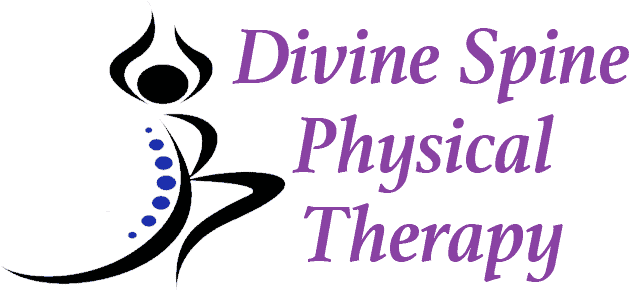Here’s a closer look at the different causes and types of shoulder pain:
Fracture:
A shoulder fracture usually happens as a result of sudden trauma, such as a car accident or a collision during a sporting event. Any or all three of the bones that meet at the shoulder joint can be impacted (collarbone, scapula, and humerus). The most common cause of a shoulder fracture is simply falling and catching yourself on one hand — like football players do every single day!
Rotator Cuff Tendonitis:
The four main muscles that allow you to move your shoulder make up the rotator cuff. These muscles help hold the ball of the humerus in your shoulder socket while you move your arm. The tendons from these muscles attach to each other underneath the shoulder blade. If one of those attachments gets pinched due to an injury the result is tendonitis (and sometimes very intense shoulder pain).
Bursitis:
We all have fluid-filled sacs in our bodies that help certain structures glide over each other. These sacs are called bursa, and one of them sits between the shoulder blade and the arm bone. If the bursa gets pinched, it leads to shoulder bursitis.
Frozen Shoulder:
The technical name for a frozen shoulder is adhesive capsulitis. This condition comes on slowly and it cannot be identified with an X-ray or MRI. Eventually, the use of the shoulder becomes so severely restricted that it becomes too painful for everyday activities, such as reaching into your back pocket or putting on a belt. It’s believed that a buildup of scar tissue in the shoulder muscles could be one of the causes of this mysterious and painful condition.
